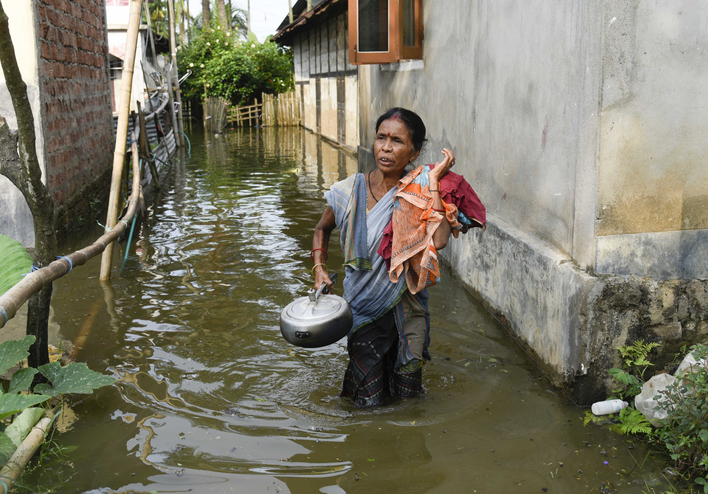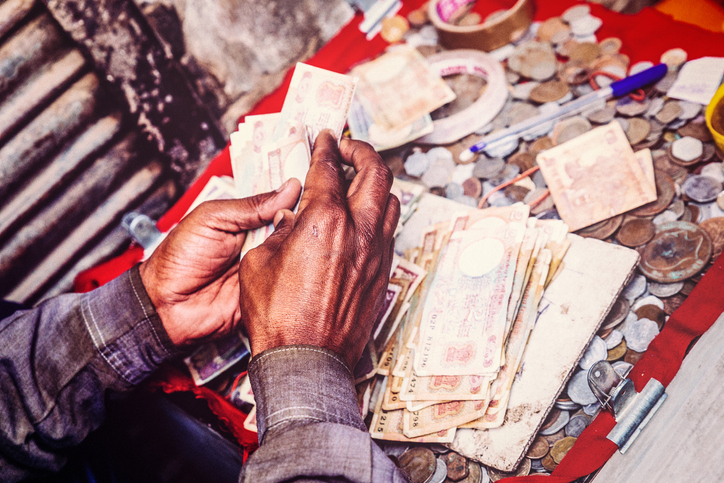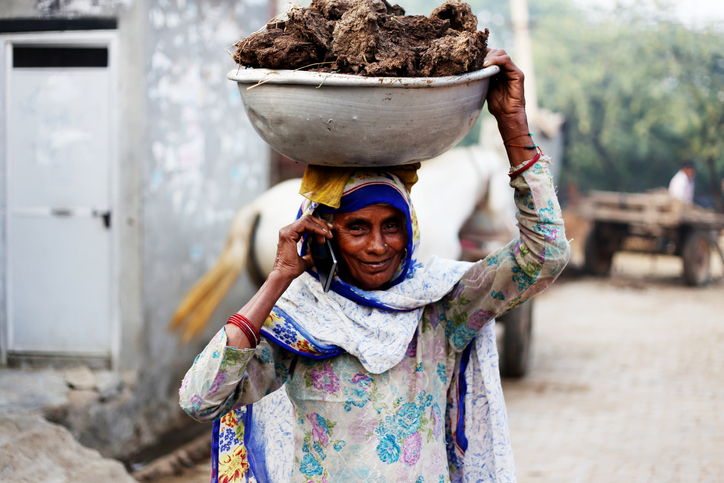Access to finance remains one of the biggest hurdles faced by African small businesses. With insufficient working capital loans, these firms are unable to invest and grow, holding back rises in disposable income and depressing economic activity within their communities. But can cash-constrained entrepreneurs become more profitable given access to additional loans taken out with the same lender? This column argues that while the general availability of conventional business funding continues to be critical, much-needed expansion of micro and small business enterprises can be reasonably expected when long-term microcredit programs are properly implemented.
Over the last few years, the international development debate has broadened to include a much wider range of actors, including the recognition that micro and small enterprises (MSEs) are at the heart of sustainable development, both in Africa and beyond.
MSEs are the backbone of African economies, representing more than 90% of their businesses, and these individuals and small organizations play a critical role in self-employment, food security, and community cohesion. But the walk has not lived up to the talk. While the total amount of loans to African businesses was rising in the years prior to the pandemic, this form of investment remained low and unfavorable for MSEs. Today, in emerging and developing markets, the credit gap for MSEs is projected to be a staggering $5 trillion – with more than half of sub-Saharan Africa’s MSEs reporting being cash-constrained.
A central challenge is that these businesses are beyond the risk appetite of most local financial institutions. What’s more, nearly all microfinance institutions, especially the smaller ones (Tiers II and III) that serve this segment, tend to be under-resourced. Unlike large financial institutions that require some form of collateral in exchange for loans and capital before granting working capital loans, microfinance institutions rely on features such as group lending schemes and character-based credit risk assessment to extend microloans to borrowers with low incomes and little or no credit history.
While these latter approaches make such lending possible, the loans are not without risks. Group lending, for example, relies on a predominance of repeat loans, which are high-rate and typically short-term – a combination that may pose a serious threat to the financial health of these small businesses. And if one party defaults, all in the group pay the price.
In a recent study of successive borrowing in group lending settings in Côte d’Ivoire, we examined the cumulative effect on MSEs’ profitability, where two to four additional loan cycles had been completed. Evidence from our sample of customers at Première Agence de Microfinance (PAMF-CI), who started with one loan cycle between 2013 and 2018, shows that the average micro-entrepreneur borrower could almost double their revenues and improve profits by almost one-third for every subsequent loan cycle. More than nine in ten of these borrowers had previously been excluded from the credit market.
Closer analysis reveals that among the sample of surveyed customers, the positive impact of lending on profitability was mainly driven by the increased income of male clients, who had access to larger loans and operated in higher-return sectors. Education level also exerted an influence on profitability, with educated entrepreneurs achieving higher outcomes than their less educated peers. Finally, close monitoring and the provision of technical assistance – especially for older, illiterate borrowers – proved to be critical.
The results also show that while the boost in micro-entrepreneurial profits and the reduction in poverty that the microcredit industry promises have been hampered by a number of impact assessment findings, its potential positive impact on income generation for micro-entrepreneurs and reduction of poverty has not been dismissed.
Our research has its limitations and does not have all the answers, but the results suggest that in the right contexts and with the right implementation, microcredit schemes have the potential to generate additional income. One can see a virtuous circle where repeat loans to cash-constrained micro-entrepreneurs in financially underserved communities enable micro business owners to make meaningful plans and build their businesses. In turn, an uplift in non-financial services can build skills and awareness, creating room for better financial outcomes and development impact. As trust and profit grow, previously cash-constrained micro-entrepreneurs can obtain loans under better terms and conditions, which itself fuels further business expansion.
What can be done in a post Covid-19 world?
The pandemic has strained resources and eroded the resilience of both MSEs and MFIs – with demand and supply shocks that could push millions of low-income entrepreneurs back into poverty. Potential approaches through which development actors could relaunch the growth of micro-entrepreneurship might take the following forms:
Innovative financial services. The financial capacity of microfinance institutions will undoubtedly be affected by losses stemming from the now lifted pandemic moratoria on loan repayments, but equally, as micro businesses try themselves to recover, access to working capital loans will be critical.
One of the best ways to help reduce vulnerability to post-Covid-19 economic stresses is to offer mature clients more inclusive financing options, going beyond traditional loans and savings schemes. For example, products that cater to different economic sub-sectors can be more focused on how they are designed to mitigate shocks and encourage the building of assets – something that currently happens only minimally. Options include, but are not limited to, emergency loans, financial leasing, housing loans, factoring, and wide-ranging insurance products.
‘De-risk’ women micro-entrepreneurs and make access to finance more equitable. Despite a recent rise in women-led firms accessing finance, more needs to be done to put further business capital in the hands of women and to reduce the risks of entrepreneurship for them. For example, our findings show that women-owned micro-enterprises tend to cluster in less profitable sectors. Empowering women to select higher-return activities and teaching basic financial knowledge and/or sector-focused training should be contemplated.
Perhaps more importantly, supporting the recovery of women-led MSEs, while accelerating gender equality, will also ensure more equitable access to Covid-19 recovery-related business measures, such as interest rate moratoria and forbearances.
Non-financial services. Our qualitative results indicate the fundamental importance, particularly for illiterate and informal micro-entrepreneurs, of both technical assistance and accompanying services. For example, it is important that marginalized micro-entrepreneurs and informal retailers are supported to make the best use of technology in their businesses, in order to interact effectively with microfinance institutions and their supply chains, both of which are becoming increasingly digitized.
The need for up-to-date research on the effects of repeat loans on underserved MSEs in sub-Saharan African countries cannot be understated. Special attention given to measuring the impact of Covid-19-induced digital opportunities on such loans and barriers facing women-owned businesses should undoubtedly accompany these research efforts.






